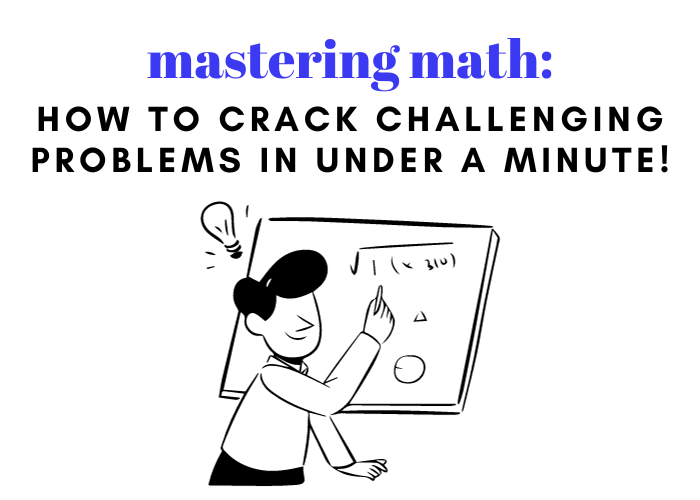

Last Updated on August 31, 2021 by Thinkster
For kids who normally struggle with math, geometry can provide a welcome change of pace. Though they can’t escape numbers entirely, some sixth-graders find it easier to think in terms of space and shapes and angles rather than equations and fractions and decimals. 6th grade geometry worksheets can give these students a solid foundation for the more advanced concepts they will encounter in the years ahead.
If your child is drawn to geometry, or if he or she is struggling with these concepts and needs some help, 6th grade geometry worksheets outside of school can provide an added boost. Innovative tablet-based tutoring programs can offer focused learning; you can also create your own exercises that are challenging, interactive, and skills-strengthening. Here are some ideas to devise 6th grade geometry worksheets:
A major part of 6th grade geometry is learning how to find the area of right triangles, and then finding the area of polygons by breaking down the shapes into triangles and rectangles. If you have a basic illustration or word processing program and a printer, you can easily create 6th grade geometry worksheets that incorporate these concepts. Either draw a shape or import clip art of a blank polygon onto a new document. Copy the shape several times or use a variety of polygons. You can either add the measurements for each side (or leave one side as x and provide an overall answer), print several copies and write in the data later. In no time, you will have sixth-grade geometry worksheets that will strengthen your child’s skills at computing area.
Computing the volume and surface area of right prisms—three-dimensional shapes with two bases directly above each other and rectangles for lateral faces (picture a brick or a shoebox)—is another concept taught to sixth-graders. Similar to the approach to creating area worksheets, you can also devise exercises that direct students to determine volume with cubes and rectangular prisms. Unless you are a proficient in drawing three-dimensional shapes with your mouse, copying and pasting clip art (found via a Web search) of these shapes likely is your best bet.
An Internet search can pull up several ways to create your own graph paper, either by printing it from a website or setting up a spreadsheet program such as Excel to do so. Once in tow, graph paper can be used for a variety of sixth-grade geometry worksheets. Exercises involving coordinates and area can be created, but the real potential comes when making graph paper interactive. For example, instruct your child to plot out your house to determine area (with one square on the graph paper equaling one square foot). Or challenge your child to draw shapes that add up to a certain amount of area—using the graphs as a helpful reference—and be as artistic as possible in doing so. Besides giving your kids valuable experience (especially for when graphing comes into play for algebra), this approach results in an interactive math experience that they might enjoy rather than dread.
Last, but not least, for parents or teachers who prefer not to manually grade worksheets, Thinkster’s iPad app offers worksheets on digital paper and grading/feedback from an experienced coach. In other words, your child completes his or her work on the iPad and performance is tracked electronically to save parents time and also allows for a personal tutor to review the child’s work. You can sign up for a free trial here.
Does your child embrace or resist sixth-grade geometry worksheets?



